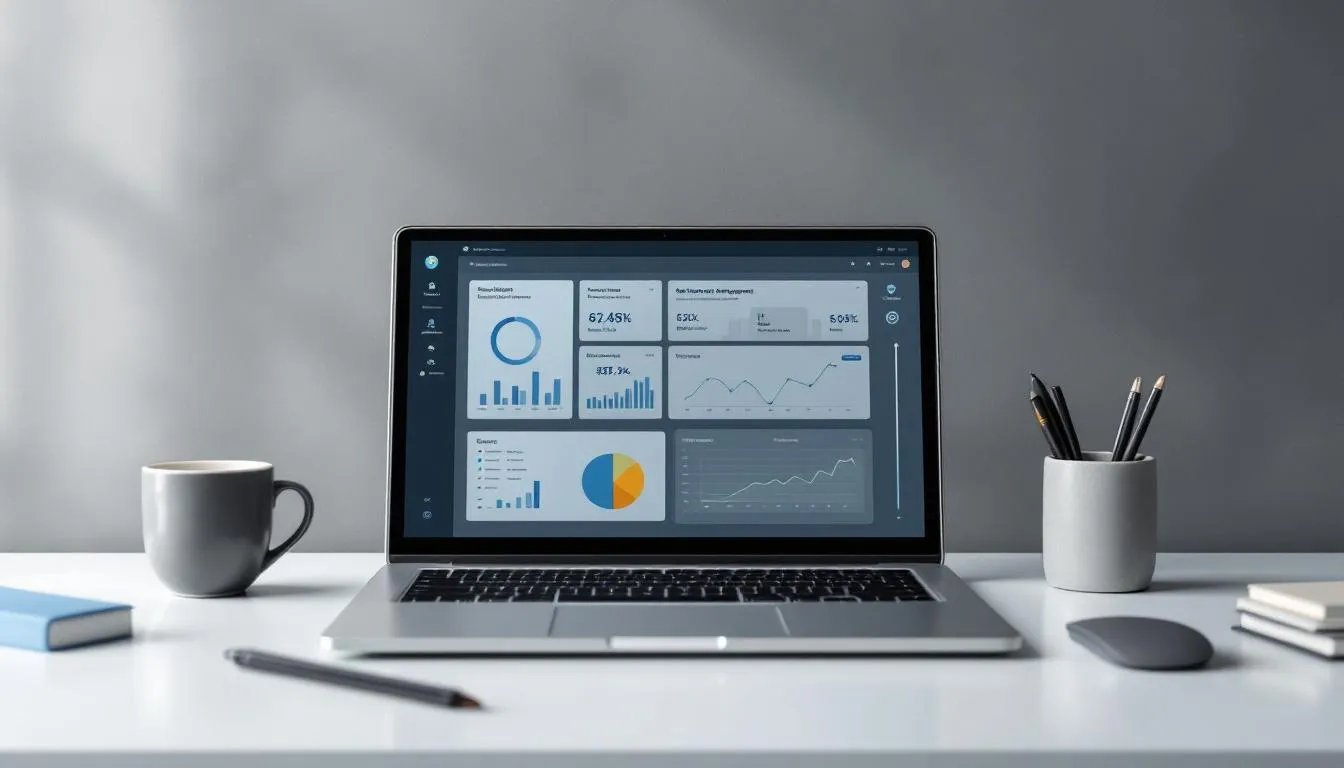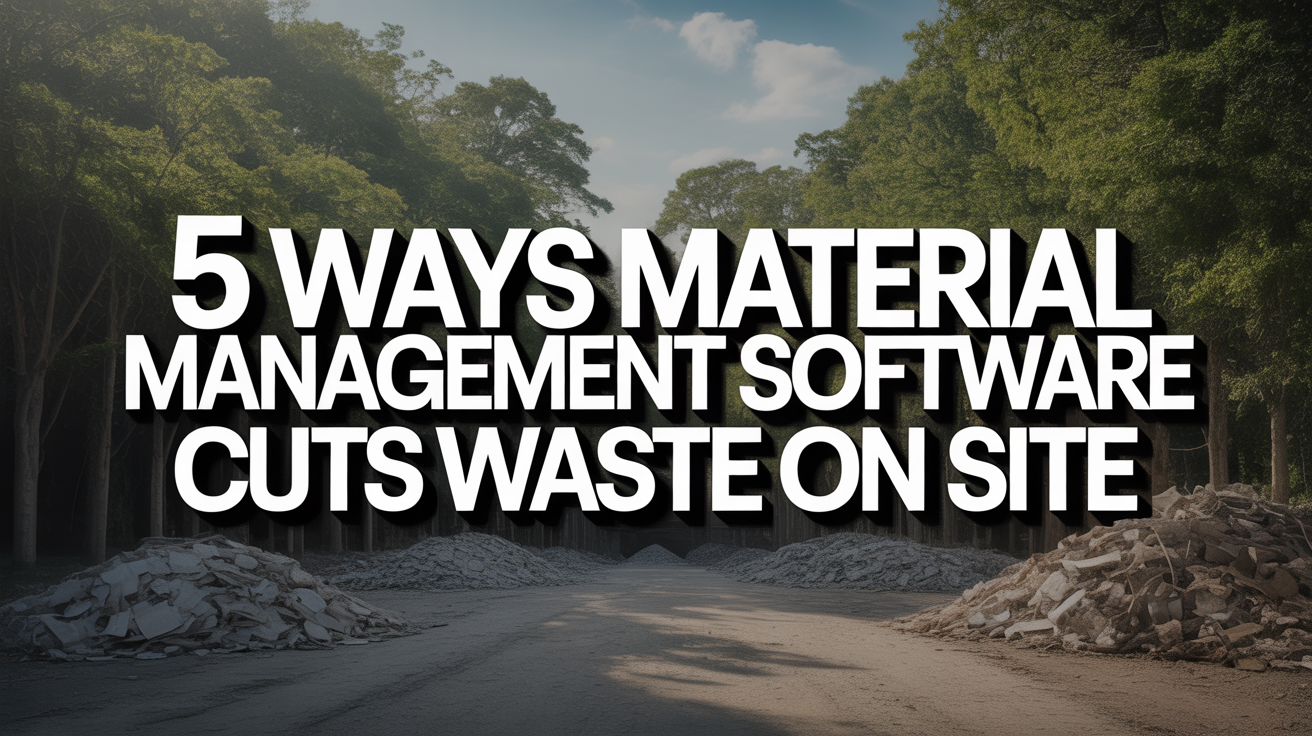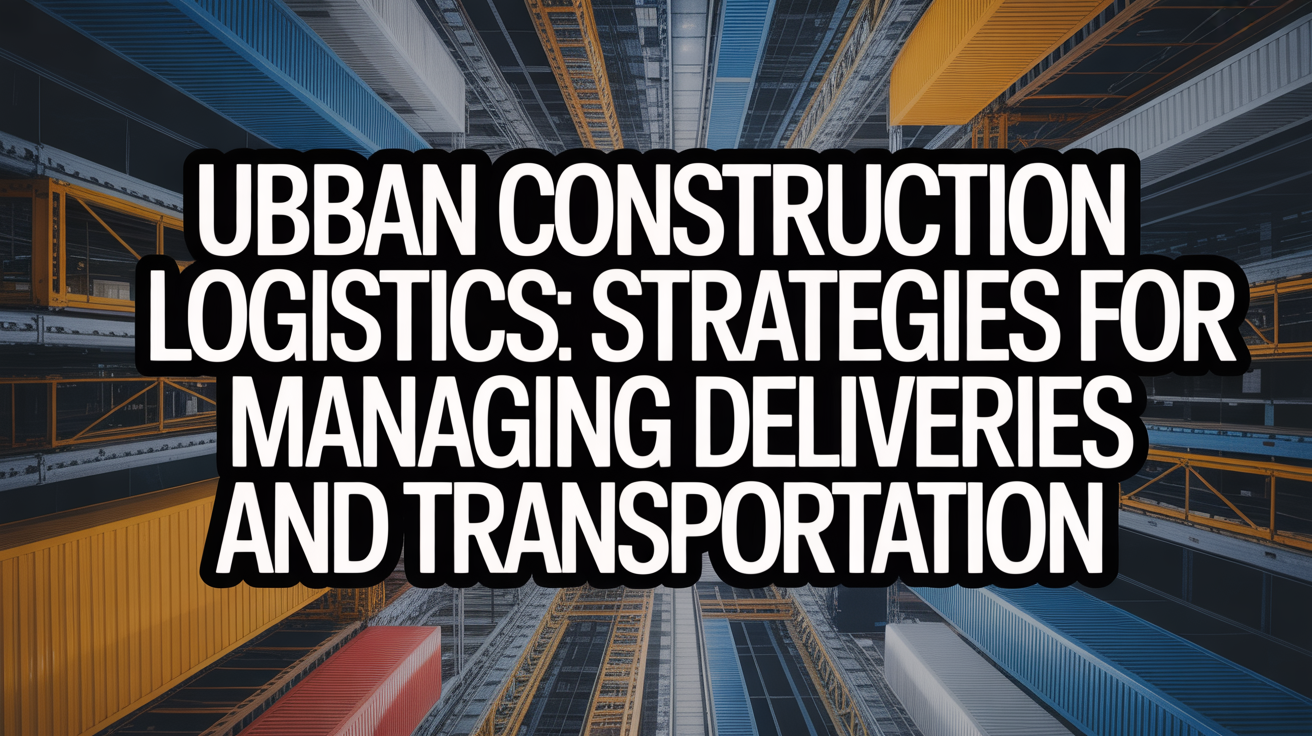5 Ways Material Management Software Cuts Waste on Site
Introduction
Construction sites are notorious for generating significant waste, which impacts both budgets and the environment. From unused materials piling up to inefficient processes causing delays, waste is a persistent challenge for project managers and stakeholders alike. The good news? Modern solutions like material management software can help tackle this issue head-on. 🌱
In this article, we’ll explore five key ways that material management software reduces waste on construction sites, saving money and promoting sustainability. Whether you’re a contractor or a project manager, understanding these benefits can help you make smarter decisions for your next project. Let’s dive in!
Understanding the Impact of Construction Waste
Construction waste isn’t just a minor inconvenience-it’s a global problem with staggering implications. Every year, millions of tons of materials end up in landfills, leading to financial losses and environmental harm. This waste not only increases project costs but also contributes to pollution and resource depletion. 😔
The need for better waste management strategies has never been more urgent. By addressing inefficiencies in material handling and disposal, construction firms can cut costs while making a positive impact on the planet. Clearly, smarter tools are needed to achieve these goals.
The Role of Material Management Software in Waste Reduction
Material management software is designed to streamline how construction materials are tracked, ordered, and utilized throughout a project. These platforms integrate seamlessly into workflows, offering features like real-time inventory tracking, predictive ordering, and waste analysis. 💻
By automating tedious tasks and providing actionable insights, these tools empower teams to allocate resources more effectively. With better control over material usage, construction firms can minimize waste and maximize efficiency. It’s a win-win for everyone involved!
Way 1: Accurate Material Forecasting and Ordering
One of the biggest culprits behind construction waste is overordering. Without accurate forecasts, teams often purchase more materials than they actually need, leading to surplus and spoilage. Material management software solves this by using predictive analytics to determine precise material requirements. 📊
“Statistics indicate that approximately 30% of all construction material ends up as waste, highlighting the critical need for better strategies.”
By analyzing historical data and project scope, these tools ensure that orders align perfectly with demand. This not only cuts down on waste but also saves money on unnecessary purchases. Smarter ordering means fewer headaches and a leaner operation overall.
“Implementing advanced technological solutions enables organizations to tackle these challenges head-on. By automating processes, teams can allocate resources more effectively and track material usage throughout each phase.”
Way 2: Real-Time Inventory Tracking and Visibility
Keeping track of materials on a busy construction site can feel like herding cats. Without real-time visibility, it’s easy for items to get lost, stolen, or damaged. Material management software changes the game by offering instant updates on inventory levels and movement. 🔍
“Predictive analytics, a cornerstone of AI, is revolutionizing material usage in construction. By forecasting the exact requirements based on project scope and historical data, these tools are dramatically reducing overordering – a common cause of material wastage.”
This level of transparency ensures that nothing slips through the cracks. Teams can quickly identify shortages or surpluses, preventing costly disruptions. When everyone knows exactly what’s available, it’s easier to stay organized and efficient.
“AI-powered tools provide a comprehensive view of material usage, storage, and movement, allowing superintendents to manage resources more effectively.”
Way 3: Streamlined Communication and Collaboration
Miscommunication is another major source of waste in construction projects. When teams, suppliers, and subcontractors aren’t on the same page, errors and redundancies creep in. Material management software bridges this gap by creating centralized digital platforms for collaboration. 🤝
“Enhanced communication channels ensure that every team member is on the same page. For example, utilizing ai procurement technology allows for real-time updates and streamlined workflows.”
With shared access to real-time data, everyone involved can coordinate seamlessly. Orders are placed accurately, deliveries are timed correctly, and confusion is minimized. Better communication leads to smoother operations and less wasted time and materials.
“Effective waste management promotes recycling and reuse of materials, reducing the demand for new raw materials. This conservation of resources helps preserve natural habitats and minimizes the carbon footprint associated with material extraction and processing.”
Way 4: Optimizing Material Reuse and Recycling
Not all waste needs to go straight to the landfill. Many materials can be reused or recycled if properly managed. Material management software helps identify opportunities for repurposing surplus materials within a project or donating them to other sites. ♻️
“Utilizing specialized software to track and estimate waste throughout the construction process.”
By prioritizing reuse and recycling, construction firms reduce their environmental footprint while cutting costs. This approach aligns with green building standards and demonstrates a commitment to sustainability-a valuable trait in today’s market.
“By reducing waste generation and maximizing material reuse, companies can significantly lower expenses on new materials and waste disposal fees.”
Way 5: Data-Driven Insights for Continuous Improvement
Data is king when it comes to improving construction processes. Material management software provides robust reporting tools that highlight patterns in material usage and waste generation. These insights enable teams to refine their strategies for future projects. 📈
“Diverting construction waste from landfills conserves valuable land resources and mitigates environmental hazards associated with waste decomposition.”
By setting sustainability KPIs and tracking progress, companies can continuously improve their waste management practices. Over time, this leads to leaner operations, higher profitability, and a stronger reputation in the industry. Who doesn’t love a good success story?
“Efficient waste management practices often lead to improved overall project efficiency. By streamlining material usage and reducing overordering, companies can optimize their supply chain, leading to fewer delays and reduced storage costs.”
Cost Savings and Increased Profitability
Reducing waste isn’t just about being eco-friendly-it’s also about boosting the bottom line. Every piece of material saved translates to lower procurement and disposal costs. Material management software makes it easier to track expenses and optimize spending. 💰
“Construction Project estimating software and cloud-based construction procurement software are essential tools in modern construction management. These technologies streamline processes, improve accuracy, and enable better decision-making throughout the project lifecycle.”
Construction firms that adopt these tools often see significant improvements in profitability. By minimizing waste and maximizing resource efficiency, they position themselves as leaders in both innovation and financial performance.
“By shifting focus toward innovative solutions, firms not only comply with regulations but also improve their bottom line.”
Environmental and Regulatory Benefits
Lowering landfill contributions and reducing carbon emissions are critical goals for modern construction projects. Material management software supports these efforts by helping teams comply with local and international waste regulations. 🌍
Companies that prioritize sustainability gain a competitive edge, earning recognition from clients and regulatory bodies alike. Plus, adopting greener practices future-proofs businesses against evolving environmental policies. It’s smart business, plain and simple.
Improved Project Efficiency and Timelines
Efficient material management keeps projects on track by preventing delays caused by shortages or excess. When teams have full visibility into their inventory and supply chain, they can avoid bottlenecks and keep workflows running smoothly. ⏳
Fewer interruptions mean tighter schedules and happier clients. By streamlining logistics and reducing waste, construction firms can deliver projects faster and with greater precision. That’s something everyone can celebrate!
Key Features to Look For in Material Management Software
When choosing material management software, look for features like predictive ordering, mobile accessibility, and integration with tools like BIM. These capabilities ensure seamless adoption and maximum functionality across your projects. 🛠️
 Supplier coordination tools and waste tracking modules are also essential for optimizing workflows. With the right platform, you’ll have everything you need to minimize waste and maximize efficiency. Nektar.io offers all these features and more, making it a top choice for modern construction teams.
Supplier coordination tools and waste tracking modules are also essential for optimizing workflows. With the right platform, you’ll have everything you need to minimize waste and maximize efficiency. Nektar.io offers all these features and more, making it a top choice for modern construction teams.
Common Implementation Challenges and Solutions
Implementing new software can come with challenges, such as user resistance or integration issues. However, these hurdles can be overcome with proper planning and training. Start by involving key stakeholders early in the process to build buy-in. 🧑🤝🧑
Choose a provider like Nektar.io that offers robust support and onboarding services. Their team will guide you through setup and ensure a smooth transition. With the right approach, adopting material management software becomes an opportunity rather than a challenge.
Frequently Asked Questions (FAQ)
- How does material management software help reduce overordering on construction sites? Material management software uses predictive analytics and real-time data to forecast exact material needs based on project scope and past trends, ensuring teams order only what’s necessary. 🎯
- Is material management software compatible with other construction tools like BIM? Yes, many platforms integrate seamlessly with BIM and other tools, allowing for smooth data flow and enhanced collaboration across systems. 🔄
- What kind of cost savings can be expected when using material management software? Companies often see reductions in material costs, labor inefficiencies, and waste disposal fees, leading to substantial overall savings. 💸
- Does this software help meet environmental or green building standards? Absolutely! Features like waste tracking and recycling optimization help companies comply with regulations and earn certifications like LEED. 🏭
- How difficult is it to implement material management software in an ongoing project? While implementation requires careful planning, providers like Nektar.io offer dedicated support to ensure minimal disruption during the transition. 🚀
Conclusion
From accurate forecasting to streamlined communication, material management software offers powerful solutions for cutting waste on construction sites. These tools not only save money but also promote sustainability and compliance with regulations. 🌟
For project managers and contractors looking to stay ahead of the curve, investing in material management software is a no-brainer. Platforms like Nektar.io provide the features and support needed to transform your operations. Evaluate your current practices today and take the first step toward a greener, more profitable future. Remember, every small change adds up to big results! 🌱



